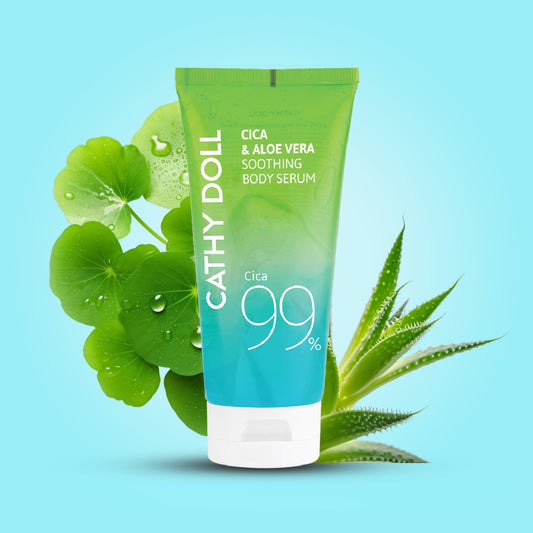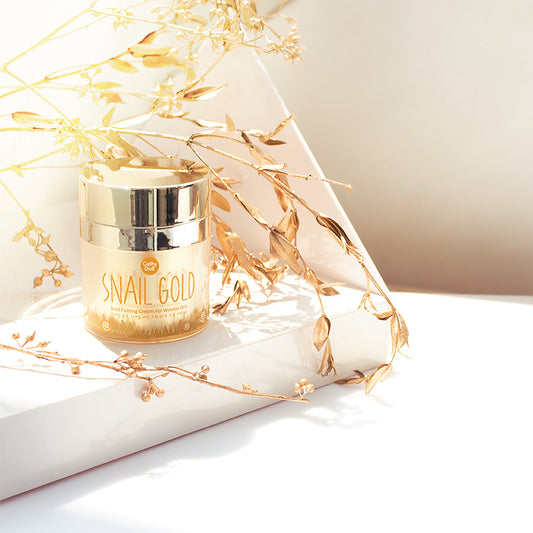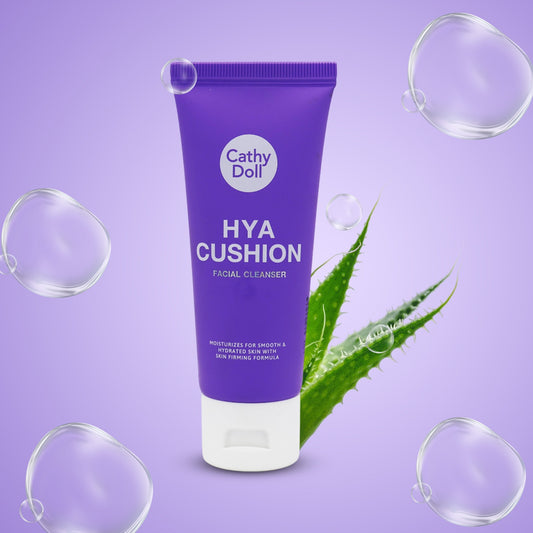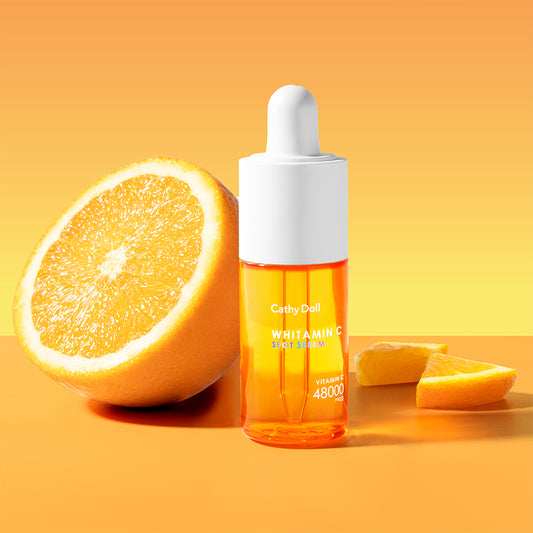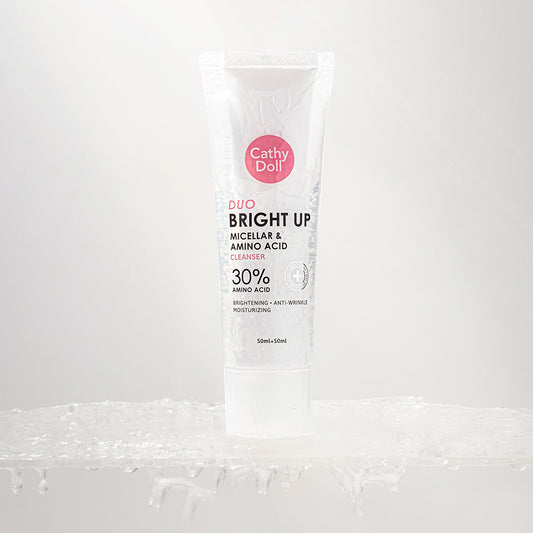You look in the mirror and feel like your skin has lost its sparkle. It’s not just going through a “phase” often, subtle, repetitive habits are quietly robbinhow to get glowing sking your complexion of its natural radiance. What follows isn’t about flashy beauty gimmicks, but small daily choices that build up over time and either steal or restore your glow.
What “Dull Skin” Really Means
Dullness isn’t a medical diagnosis it’s a visible sign: skin that appears flat, uneven in tone, lifeless, or lacking in that luminous bounce. It happens when:
- Dead skin cells linger on the surface instead of being sloughed off.
- Your skin's moisture and barrier functions weaken.
- Collagen and elastin (the structural proteins) break down or fail to renew.
- Circulation to skin cells slows, limiting nutrient and oxygen delivery.
Think of it this way: skin that glows is like fresh snow under sunlight, reflecting light evenly. Dull skin is like the same snow after a week of foot-traffic the surface is rough, uneven, scattering light in all directions.
Skipping Hydration (Inside and Out)
Water is often the first thing we neglect when life gets busy. But when your body is under-hydrated, your skin shows it: lacking plumpness, looking tired, prone to rough patches. On the flip side, good internal hydration supports your skin’s ability to carry out metabolic repair, renew cells, and maintain its barrier.
What you can do:
- Aim for a steady intake of water throughout the day (adjust for your climate/activity).
- Include hydrating foods: watermelon, cucumber, oranges, steamed veggies.
- Use a light mist or hydration spray if your environment is dry (AC/heaters).
- Pair with a gentle hydrator on skin surface but remember: internal hydration sets the foundation.
Chronically Short-changed Sleep
When you cut hours of sleep, your skin suffers more than you realise. Sleep is the time when your body repairs, renews, builds collagen, and clears out metabolic waste. Without sufficient rest, you see it: increased dullness, sallow tone, slower recovery from wear and tear.
What you can do:
- Create a consistent sleep window (ideally 7-9 hours for adults).
- Limit screen time at least an hour before bed blue light and stimulation impact sleep quality.
- Make your bedroom sleep-friendly: cool, dark, quiet.
- Consider winding down with light stretching or meditation to reduce mental chatter.
Relying on Sugar, Processed Foods & “Fast” Meals
Your diet reflects on your complexion. High sugar and heavily processed foods trigger inflammation and glycation (where sugar binds to proteins like collagen, making them stiff and brittle). The skin loses suppleness, tone becomes uneven and lacklustre.
What you can do:
- Replace some ultra-processed snacks with nuts, seeds, berries, green leafy vegetables.
- Opt for whole-food meals even when rushed: a quick stir-fry or salad beats a frozen pizza.
- Swap sugary drinks for herbal tea or water with a splash of citrus.
- Consider your skin’s future when choosing food collagen health matters.
Ignoring Sun Exposure (Yes, Even Indoors)
UV light and ambient daylight damage skin over time: they break down collagen, accelerate ageing, and lead to uneven tone all of which dull your skin. And it’s not just sunbathing: even incidental exposure (commuting, sitting by a window) adds up.
What you can do:
- Use a broad-spectrum sunscreen daily (SPF 30+ at least) regardless of weather.
- Reapply if you’re outdoors for long or sweating.
- Wear protective clothing or accessories (hats, sunglasses) when possible.
- Treat indoor daylight exposure seriously it’s not risk-free.
Minimal Movement & Poor Circulation
Your skin is a living organ and relies on circulation to deliver nutrients and carry away waste. Leading a mainly sedentary lifestyle slows this flow and over time, your skin may look less lively. Exercise isn’t just about burning calories it’s about giving your skin the “wake-up call” it needs.
What you can do:
- Aim for 30 minutes of moderate movement most days (brisk walking, cycling, dance).
- Even on busy days: stand more, stretch every hour, take stairs when possible.
- Consider skin-boosting routines like facial massages or rolling to stimulate circulation.
- Think of movement as skin-care, not just fitness.
High Stress, Low Recovery
We often think of stress as mental, but it shows on your skin: elevated cortisol disrupts your barrier, triggers inflammation, slows healing, and dampens your natural glow. If your body is constantly in “alert mode”, skin renewal takes a back seat.
What you can do:
- Build short micro-breaks into your day: five minutes of deep breathing, brief nature walk, quick meditation.
- Practice a “shutdown” routine at day’s end: journal, switch off devices, do something calming.
- Recognise that skin recovery depends as much on mindset and nervous-system state as on external products.
Bringing It All Together: A Simple 3-Step Radiance Reset
- Hydrate + Nutrient-Feed: Water, whole foods rich in antioxidants (vitamin C, E), and healthy fats.
- Protect + Repair: Daily sunscreen, enough sleep, movement, gentle skin routines (cleanse, moisturise, exfoliate sensibly).
- Slow Down + Recover: Moderate stress, build habits that support renewal, not just damage control.
If you consistently focus on these three pillars for a few weeks, the effect is cumulative: your skin begins to hold light better, look more even in tone, and feel stronger. Radiance isn’t an overnight miracle it’s the result of multiple small shifts.
Final Thoughts
You don’t need complex formulas or expensive treatments to restore your glow. The real secret lies in how you live each day. By gently adjusting hydration, sleep, diet, sun exposure, movement, and stress, you’re giving your skin the environment it needs to shine from inside out. Start small, stay consistent, and let your natural radiance return.
FOR MORE INFORMATION VISIT




